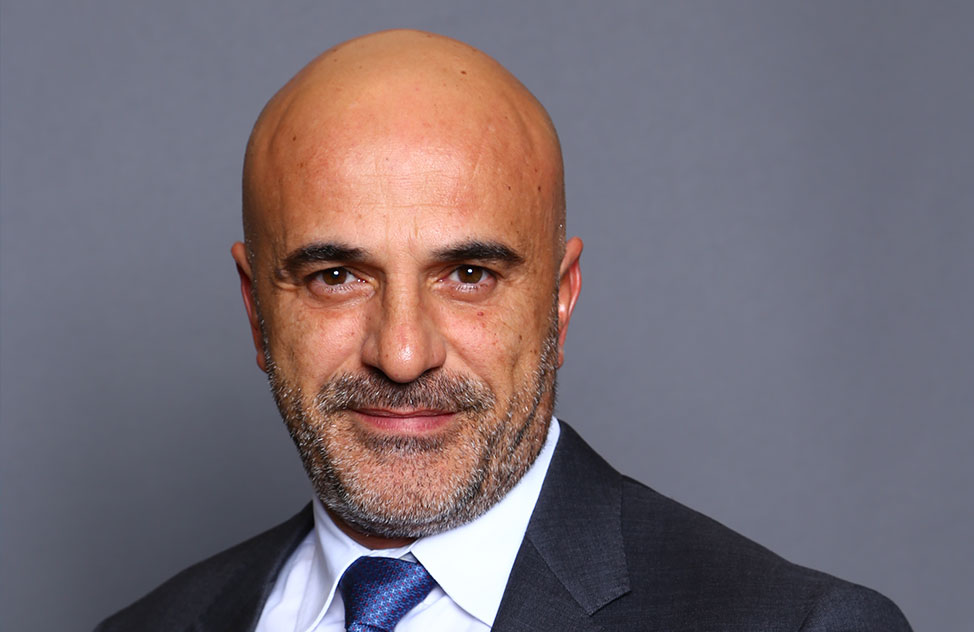
ndgit series: Experts talk about banking disruption
By Seyfi Günay, Senior Director of Financial Crime and Compliance EMEA at LexisNexis Risk Solutions
FinTechs are driving evolution in financial services as they set new standards and change customer expectations. This disruption is forcing banks to rapidly adopt new technologies, with voice banking leading the way. As Siri, Google Home and Alexa are gaining popularity, voice banking is on the cusp of revolutionising the banking industry – or is it?
It’s estimated that by the end of 2019 one half of all global online consumers will be using digital voice assistants – a total of around two billion people. Canalys suggests that the global number of installed smart speakers is going to more than double to 225 million over the next two years.
Voice assistants have also found their way into the financial industry. Voice banking is considered to be a billion-dollar market and banks are racing to roll out voice-enabled, or “conversational,” banking and payments services. Customers will be able to utter commands instead of entering them manually through a keyboard and confirming them with a password. The aim consists of reducing friction and speeding up transfer processes. Expediting banking transactions would thus be considerably simplified.
Portable, pocket-sized CFO
Need some examples? Toronto-Dominion Bank, the second largest credit institution in Canada, introduced Amazon Echo Skill years ago and has since offered customers the opportunity to place stock trades verbally. Bank of America has gone one step further and developed "Erica", an AI-driven voice assistant capable of analysing customer banking patterns. Erica, a chatbot that among other things offers advice on controlling spending, makes it easier for users to optimize their consumer behaviour – a personal CFO, so to speak.
Digital voice assistants, supported not only by smart speakers but also by smartphones, are at the centre of attention. The reason is simple. Banks don’t want their services to be restricted to one place only. They should be available anytime, anywhere – and what better way is there than hooking them up to the smartphone, our constant companion?
In voice banking, voice is usually used exclusively as a biometric means to confirm someone’s identity. Additional credentials are not necessary, saving users from sharing their personal login information with their immediate vicinity. Each voice is unique, and voice banking relies on that very circumstance to determine the identity of the customer – theoretically at least.
In practice, the human voice is frighteningly susceptible to fraud. Voice banking adds a new dimension to deepfake, a technology that uses artificial intelligence to create deceptively real-looking images or videos. All fraudsters need is a short voice sample of the victim, recorded in passing, during a telephone call or, for the more audacious, in a personal conversation.
AI manipulates voices
With the help of AI-based tools, fictitious audio recordings can then be created – the words are literally put into the victim's mouth. This technology is already so convincing that the Wall Street Journal is training journalists to detect deepfakes for what’s sure to be the next wave of “fake news.” For banks, however, this means one thing above all else: beware! Cybercriminals have found an ideal means in deepfake technology to turn Alexa, Erica & Co. into accomplices for hack attacks.
Identity-based verification and authentication solutions that combine big data and machine learning are becoming increasingly important against this background. They rely on a wide range of identification features – and voice matching is just one of many. Data companies such as LexisNexis Risk Solutions collect data and analyse it in real-time against hundreds of different identity elements that can’t be faked or stolen.
The combination of online and offline identity information makes it possible to accurately identify a customer even if their transaction attributes such as location or smartphone model seem to differ from the usual behaviour at first glance. For example, digital identity-based user authentication recognizes that the Munich-based customer who checked their account balance two minutes ago is not the same person trying to withdraw money from the same account via a voice-based transaction from Hamburg.
Although some already hype voice payments as the next big thing, the voice payment technology is still in its infancy – especially when it comes to security measures. Banks and payment providers that introduce voice banking just for the sake of progress without paying attention to adequate cybersecurity are playing with fire.
Voice banking may be the future and will change the financial sector permanently, but it also imposes new requirements on the IT security of banks. Voice payments still have a way to go before they become the new standard.



-png.png)
